Solar harvesting Wi-Fi camera
An ESP32-CAM module is a low-cost device based on ESP32-S module, an OV2640 image sensor and Micro SD slot. The module is not designed for low energy consumption, however, after some tweaks, the power consumption can be lowered to a level that is usable for short periods of time, powered by solar energy. The project presented here is a reasonably robust, dust-resistant and waterproof experimentation platform, using commercial off-the-shelf components. Ideal for outdoor usage.
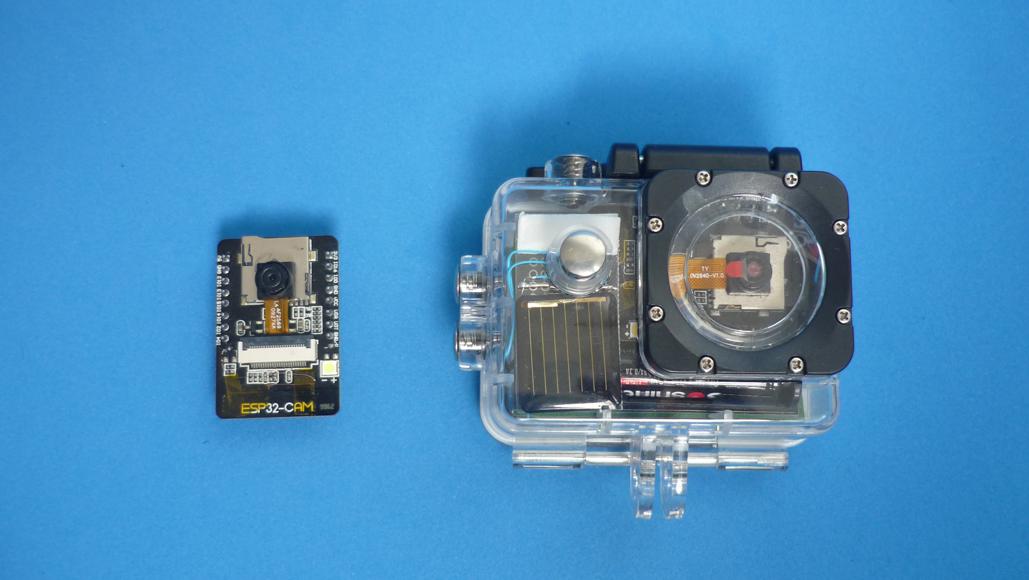
Solar harvesting Wi-Fi camera ready to be placed outside
Key component: ESP 32 CAM
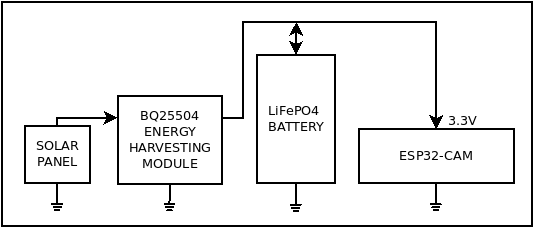
Simplified diagram
Lowering power consumption
ESP32-CAM wasn’t designed to be a low power device. Without modifications, deep sleep current measured was 2.8 mA, it leaves much to be desired.
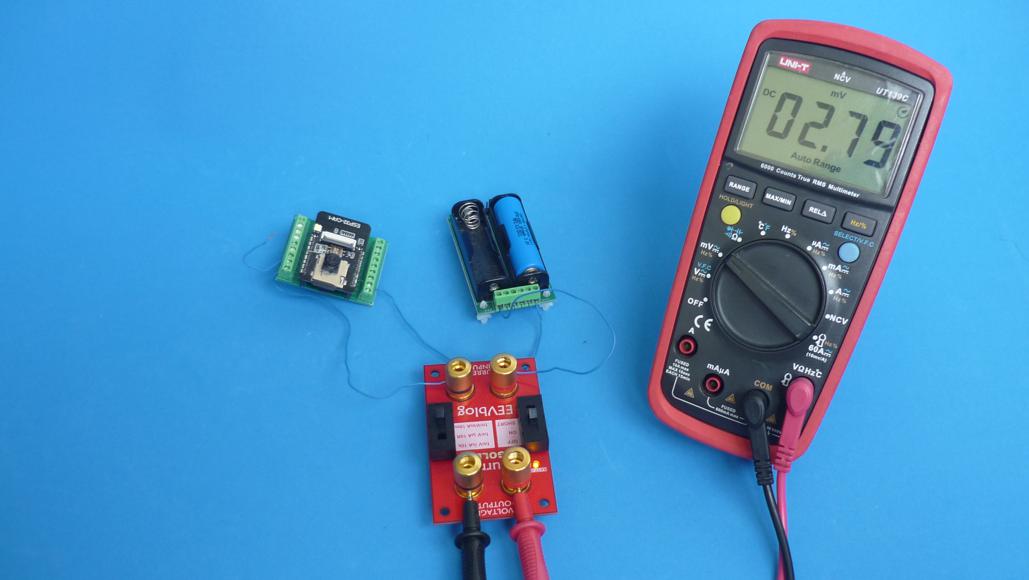
Deep sleep current measurement without modifications
Some people on the Internet already ventured in the following modifications:
- Removed 5 V to 3 V voltage regulator, the camera will be powered directly from a 3.2 V LiFePO4 battery.
- Break trace that powers the camera from 3.3 V and wire to MOSFET Q2 who switches on 2.8 V and 1.2 V voltage regulators.
- Remove onboard led and wire GPIO33 to 5 V pin (this pin is already isolated after regulator removal) to use it externally.
These modifications lowered deep sleep current to 0.8 mA, which is scandalous for a low power device, however, is a substantial advance from the 2.8 mA without modifications.
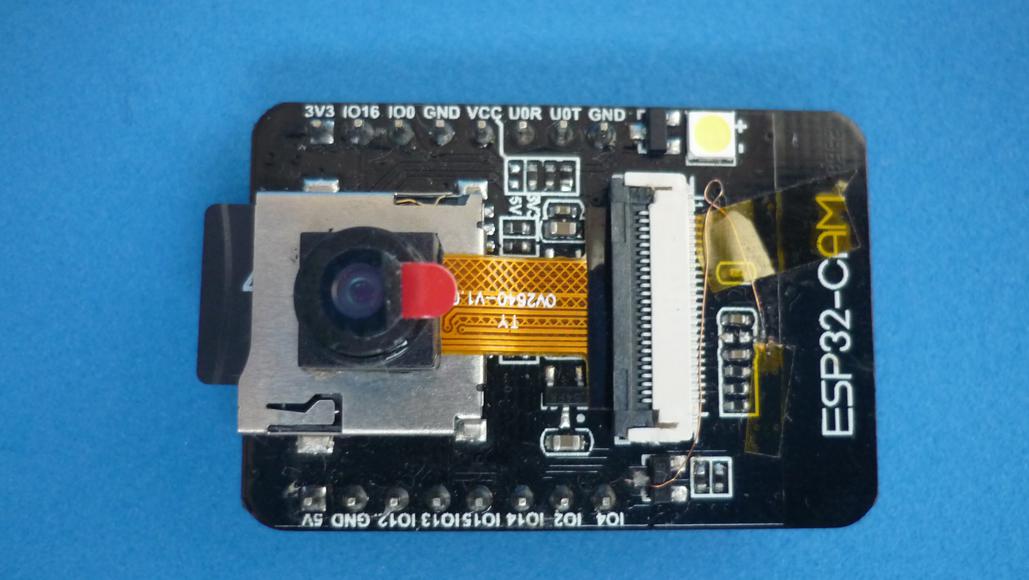
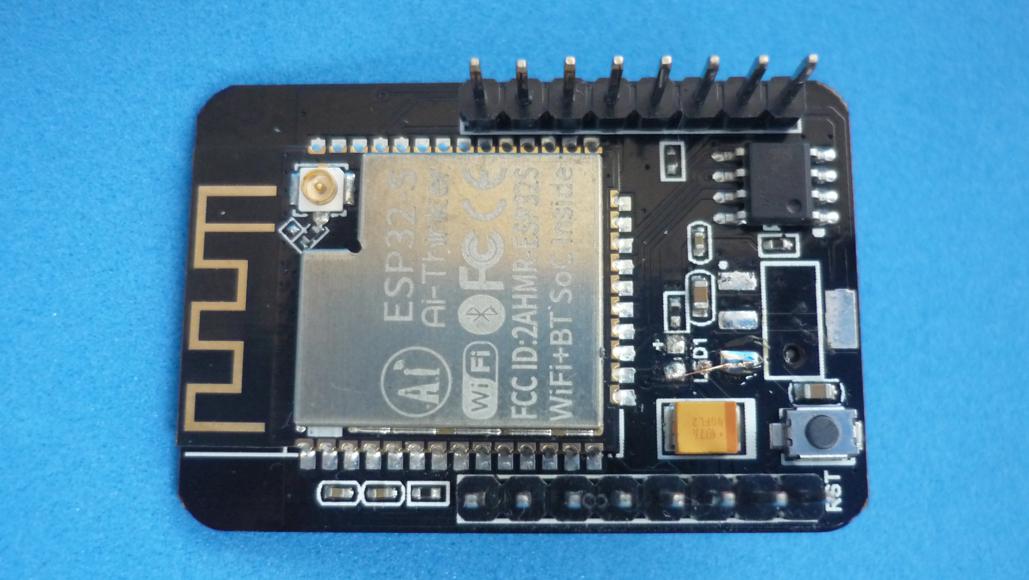

Modifications and final result, Polyimide tape used to protect fine wir
Bill of materials
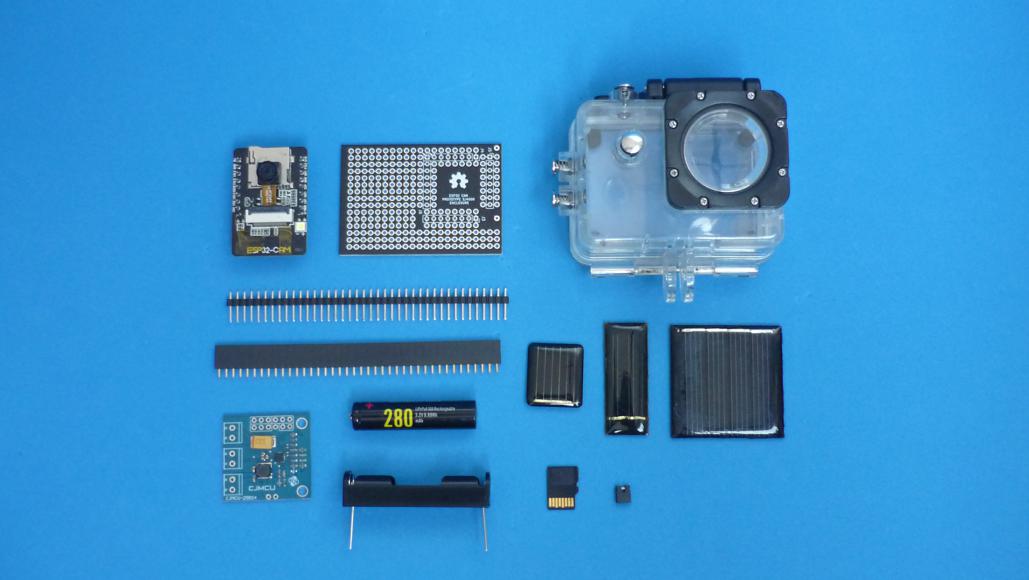
Parts used
COMPONENT DATASHEET - BUY LINK
- ESP32-CAM - buy it
- Waterproof case for SJ4000 sport cam - buy it
- BQ25504 energy harvesting module - buy it
- 39.5x39.5 mm solar panel - buy it
- 30x25 mm solar panel - buy it
- 53x18 mm solar panel - buy it
- 3.2 V AAA 10440 Lifepo4 rechargeable battery - buy it
- Micro SD card - buy it
- 1N5817 Schottky Diode - buy it
- Single AAA PCB battery holder - buy it
- SMD 0603 resistor kit - buy it
- 2.54 mm single row female header - buy it
- 2.54 mm single row male header - buy it
- 2.54 mm 2 pin jumper - buy it
- High temperature 30 AWG UL1423 PVDF wire - buy it
- Enamelled copper wire - buy it
- High temperature polyimide insulation tape - buy it
PRINTED CIRCUIT BOARD SOURCE FILES REPOSITORY - BUY LINK
SOFTWARE REPOSITORY - DOWNLOAD LINK
- Sample Firmware takes photos and send them to a server using HTTP POST - download it
- Sample Golang server for image upload via HTTP POST - download it
OPTIONAL COMPONENT DATASHEET - BUY LINK
Assembly
The basic platform consists of a waterproof enclosure for sport cam and a printed circuit board with the appropriate size to fit inside.

The proposed enclosure is pretty common, easy to find and inexpensive. Opens and closes without screws and has a mounting point where different mounting accessories can be installed.
The printed circuit board was designed to place ESP32-CAM near the window where the camera lens was to be located. The module can be positioned in two different orientations to maximize area, depending on the selected components.
AAA battery clip added, female connectors to plug/unplug module easily and header pins for programming, because the board does not have such circuitry. Also, a red LED for debugging purposes was added.
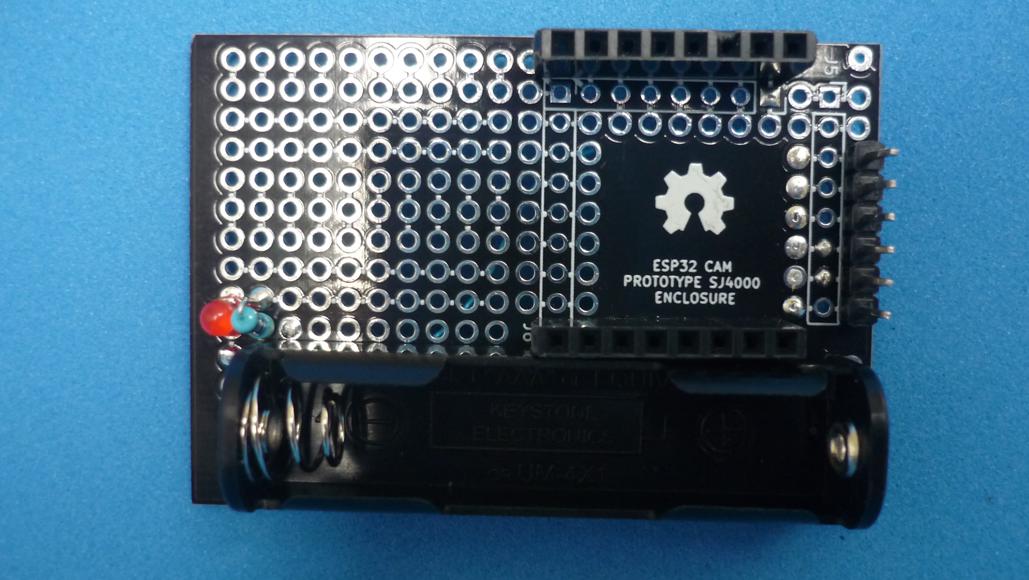
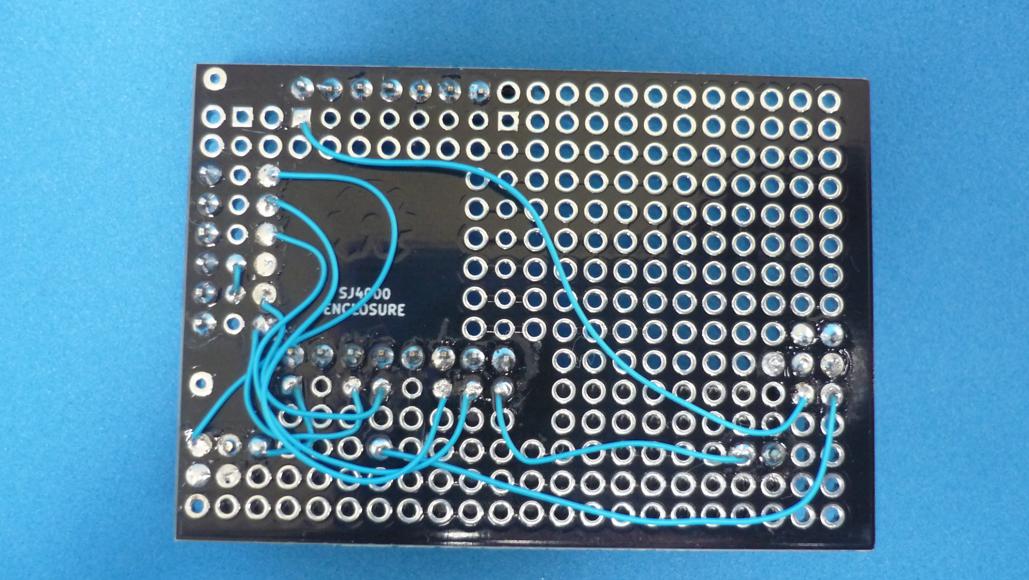
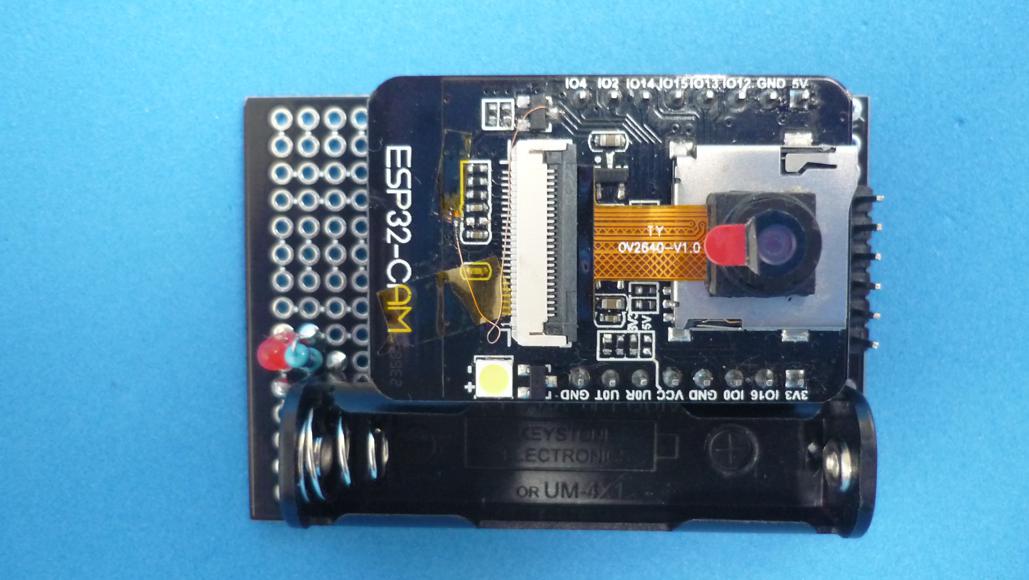
Board with all components
Energy harvester
The camera gets its energy from solar panels installed inside the enclosure, which means that the area available is small, so a way to maximize its efficiency is needed. A harvesting module based on BQ25504 chip was used. This device boosts solar panel voltage and is able to do that with voltages down to 130 mV!, is therefore able to supply current for storage in the battery, even without direct light hitting the panel.
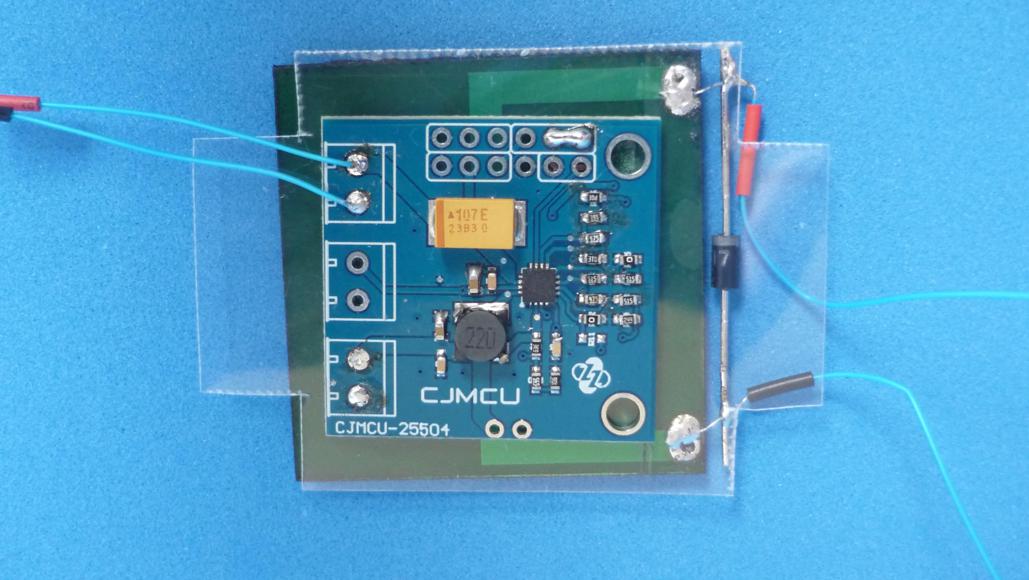
Energy harvesting module attached...
 alberto nunez
alberto nunez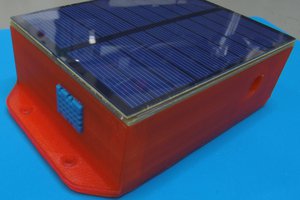
 Mile
Mile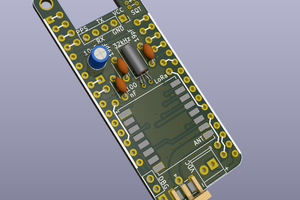
 powerfeatherdev
powerfeatherdev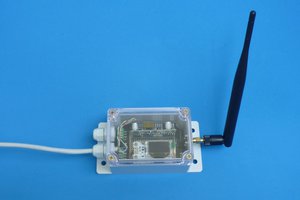
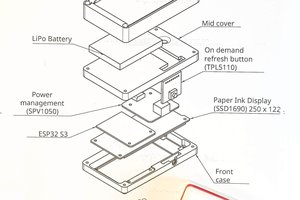
 Ricardo Sappia
Ricardo Sappia
It may be possible to drop the current further with some focus on the SD card:
https://www.hackster.io/dontsovcmc/esp32-cam-current-measure-87c18f
Though how that is affected by being held in reset I don't know offhand